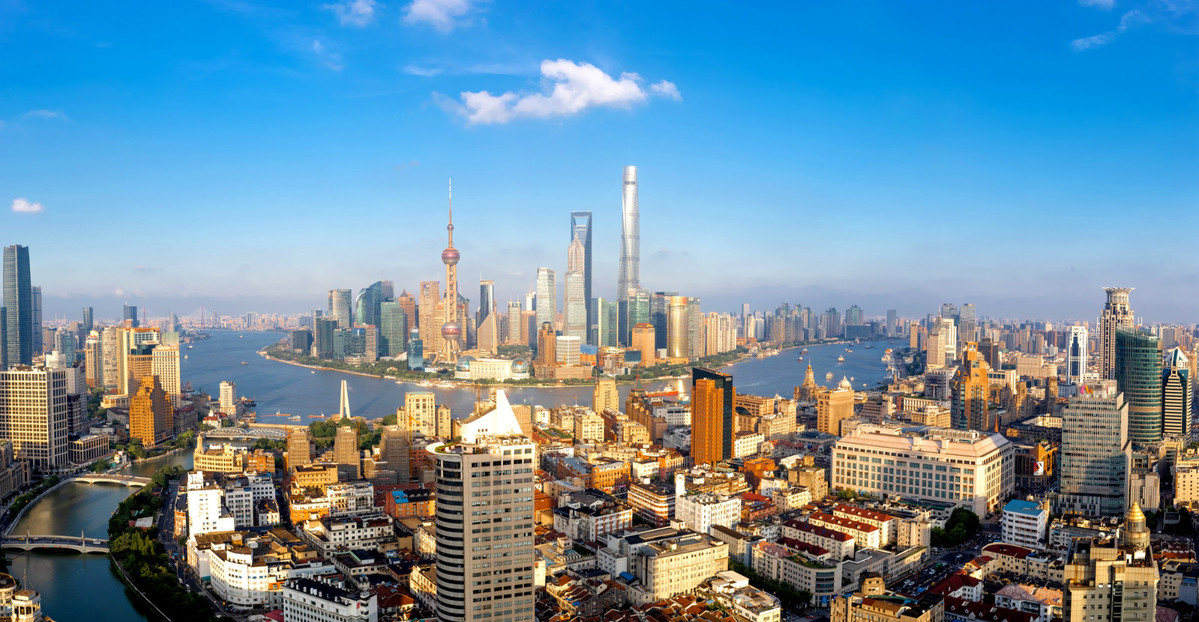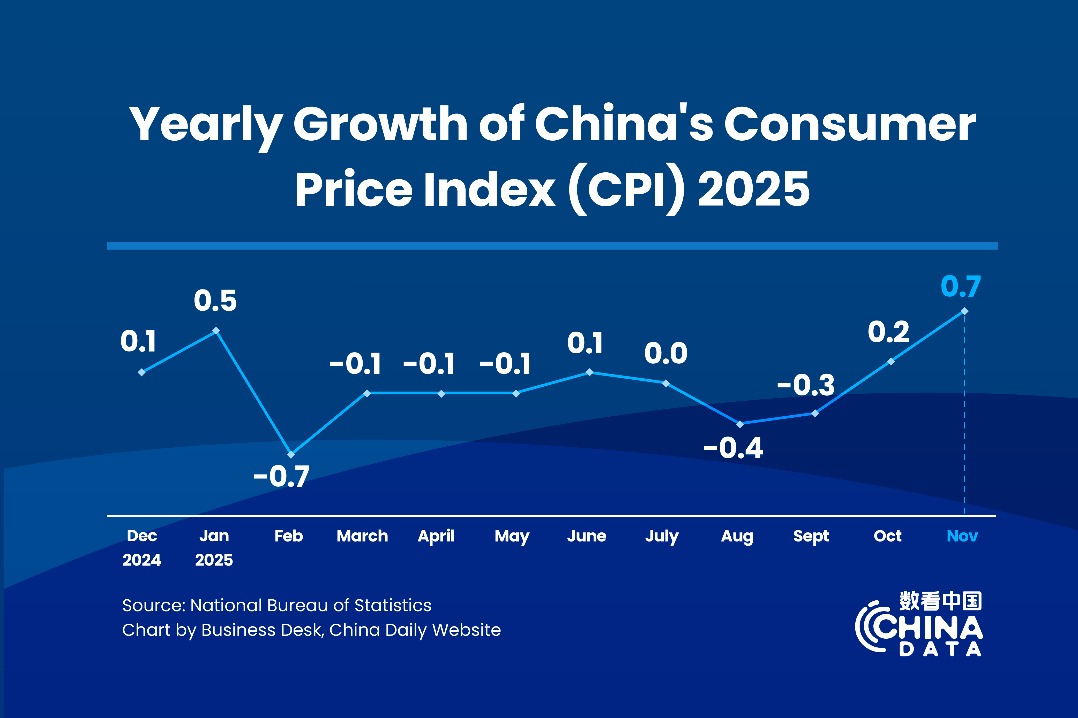China well poised for high-quality development


Over the past few years, developed nations have been spreading misinformation about China's economic development and have referred to the country as a "source of risk", which is absolutely untrue and could mislead the public. Endowed with a super-sized domestic market and the world's most complete industrial chain, China has made remarkable achievements in terms of high-quality development and is well poised to further boost its economy.
Economic performance 2023
Since the beginning of last year, despite the sluggish global recovery, the Chinese economy has continued to show resilience, with several indicators rising steadily. The country's GDP increased by 5.2 percent in 2023, a rate higher than most other major economies.
In November, output of China's equipment manufacturing industry and high-tech manufacturing sector above a designated size grew 9.8 percent and 6.2 percent year-on-year, respectively. Meanwhile, the country has actively promoted industrial transformation and upgrading, with the production of new energy vehicles and solar cells increasing 35.6 percent and 44.5 percent, respectively. Committed to constructing a sophisticated 5G network, China had successfully built nearly 3.4 million 5G base stations as of the end of December.
When it comes to foreign trade, although China's single-month year-on-year import and export growth slowed from June to September, it still plays a significant role in global industrial and supply chains. In the first 11 months, general trade contributed to 64.8 percent of China's total imports and exports, up one percentage point year-on-year, which means the country's trade structure has been greatly improved.
China is also stepping up efforts to look for more trading partners. Its imports and exports with countries and regions involved in the Belt and Road Initiative increased 2.8 percent last year. It has facilitated the export of high-tech products as well, which not only contributes to the development of upstream and downstream industries, but also helps foster new drivers for foreign trade. Exports of electrical and mechanical products, for example, increased 2.8 percent.
Moreover, some foreign companies have shifted investment out of China since last year. Rather than signaling an economic recession as some Western countries claim, what is happening in China actually proves that the country has made progress in industrial optimization and technology upgrading.
Actual use of foreign capital in high-tech manufacturing sectors, including electronic communication and medical devices, increased 1.8 percent. In addition, over the past five years, China's rate of return on foreign direct investment has reached 9.1 percent, highest in the world. Many foreign business associations, including the American Chamber of Commerce in China, said the Chinese market is no longer an "option" but an "imperative" for foreign investors.
Several authoritative organizations, such as the International Monetary Fund, have fully recognized the economic achievements made by China. According to the IMF, China is expected to have been responsible for one-third of global economic growth last year.
New growth drivers
Having entered a transition period, China is currently facing some cyclical and structural issues in economic development, including insufficient effective demand, operational problems encountered by some enterprises and various types of risks. To foster new economic growth drivers and counter misinformation spread by developed economies, the country needs to make more efforts in three areas.
First, China should focus on scientific and technological innovation. The Central Economic Work Conference held in December emphasized this. China will continue to advance the high-quality development of key manufacturing industries and improve both the resilience and safety of industrial and supply chains. In addition, committed to promoting "new industrialization" in all respects, the country will accelerate development of the digital economy and artificial intelligence technologies.
Second, China should take steps to boost domestic demand. It needs to stimulate consumption and increase investment with high returns, fostering a virtuous cycle in which consumption and investment are mutually reinforcing.
The country must continue to promote consumption recovery from the COVID-19 pandemic and shape new consumption patterns, with a focus on increasing incomes of both urban and rural residents, as well as expanding middle-income groups. In addition, to create a better investment and financing mechanism, China will promote cooperation between the government and social capital, and encourage social capital to participate more in the construction of "new infrastructure".
Third, reforms in key sectors need to be further advanced. China has made significant achievements throughout the 40-plus years of reform and opening-up. However, it is now faced with the challenge that the reforms are entering a "deep water area", which requires the country to break away from some traditional systems hindering further economic development.
China will strengthen the reform of State-owned enterprises while empowering the development of private enterprises, aiming to build a unified national market. It will also strive to fundamentally solve the structural problems of economic development by planning and launching a new round of reform in both fiscal and tax systems.
The writer is a professor at the School of Economics, the Renmin University of China, and main member of the China Macroeconomy Forum, a Beijing-based think tank.
The article was first published on the Chinese Social Sciences Net.
The views do not necessarily reflect those of China Daily.



































